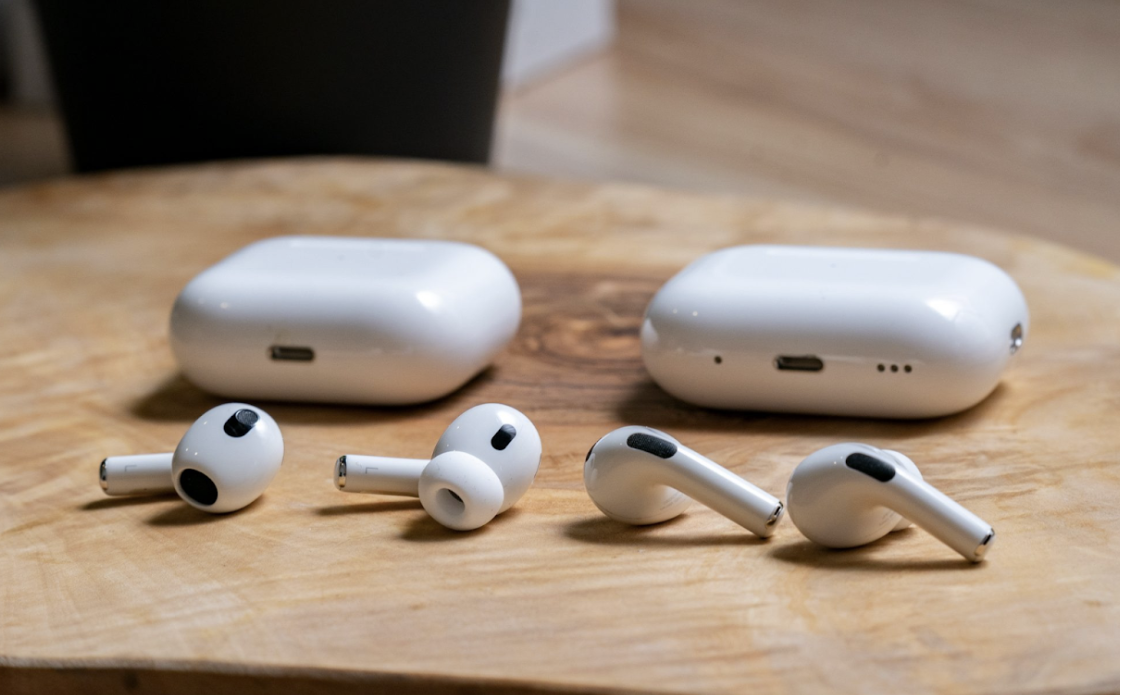It’s the best thing you’ve ever heard. Just last week, Apple released its newest model of the AirPods Pro, the Pro 3. For $249, it has contributed to both the growing popularity and complaints regarding the headphone series. Many users of Apple products often complain about the growing redundancy of Apple headphones, particularly with the AirPod series. Like most other Apple products, the efficiency of these products seems to deteriorate over time, and this is particularly true of the recent AirPods production line. Their increased audio quality alongside their smoother exteriors have received a large number of mixed reviews.
“I have been using AirPods for quite a while now, and after a certain point, things simply get redundant,” Carson Park (12), Apple headphones collector, said. “Time after time, the company releases a new model claiming that this is the ultimate version that trumps all the other past models on the market. If you actually purchase one for yourself, you will be quick to notice that there is not much change to the hearing experience. The only noticeable change is the price tag.”
Despite the growing complaints of repetitiveness and rising prices, Apple continues to dominate the wireless headphone market, being one of the most sought after pieces of technology as of 2025. The company has positioned the Pro 3 as more than just an audio device. Apple markets them as a lifestyle accessory tied to Apple’s minimalistic branding image.
“You can definitely see how the Airpods Pro 3s are in line with the product image Apple is trying to create, which is minimalism,” Yool Choi (12), Airpods enthusiast, said. “So for most people, at first glance, the new Apple AirPod Pro 3s are just a copy of the previous version. Even the case seems to have less design. Because of this, typical people tend to assume that the overall quality of the product has decreased alongside the number of features it provides. But this is just a part of the Apple branding.”
Certain commentators believe that the AirPods Pro 3 are a bigger business move by Apple instead of an incremental audio quality enhancement. Apple has created its own ecosystem with every new release in which its products interact with each other in the most compatible manner, quietly compelling users to remain loyal to the brand. As an example, the fluid integration of AirPods and iPhones remains an important selling point, although there are only slight changes in the design of the earbuds. These supposed developments have shun light on a grey area of ambiguous technological development. The action of leaving supposed features ambiguous leaves room for companies to cut corners.
Repairability and sustainability are other criticisms that are still being made. AirPods are not easily repairable or recyclable, unlike their traditional counterparts, which are wired and can be repaired or even recycled because of their small and closed design. Apple has always been criticized by consumer advocacy groups as promoting a disposable culture in which users tend to upgrade instead of fixing. Even the Pro 3, which can claim to be environmentally conscious, leaves much to be desired for e-waste and sustainability-conscious people.
Regarding the overall public satisfaction with the product, only time will tell whether the customer base still appreciates the product line’s minimalist design or if the features are getting repetitive. But despite all these mixed reviews, one thing is clear: AirPods are still the talk of the town and the issue of creativity has yet to take a toll on its sales.


